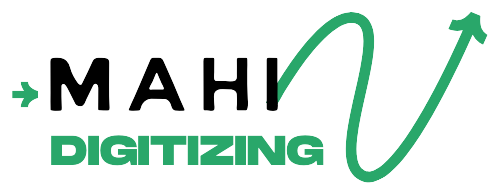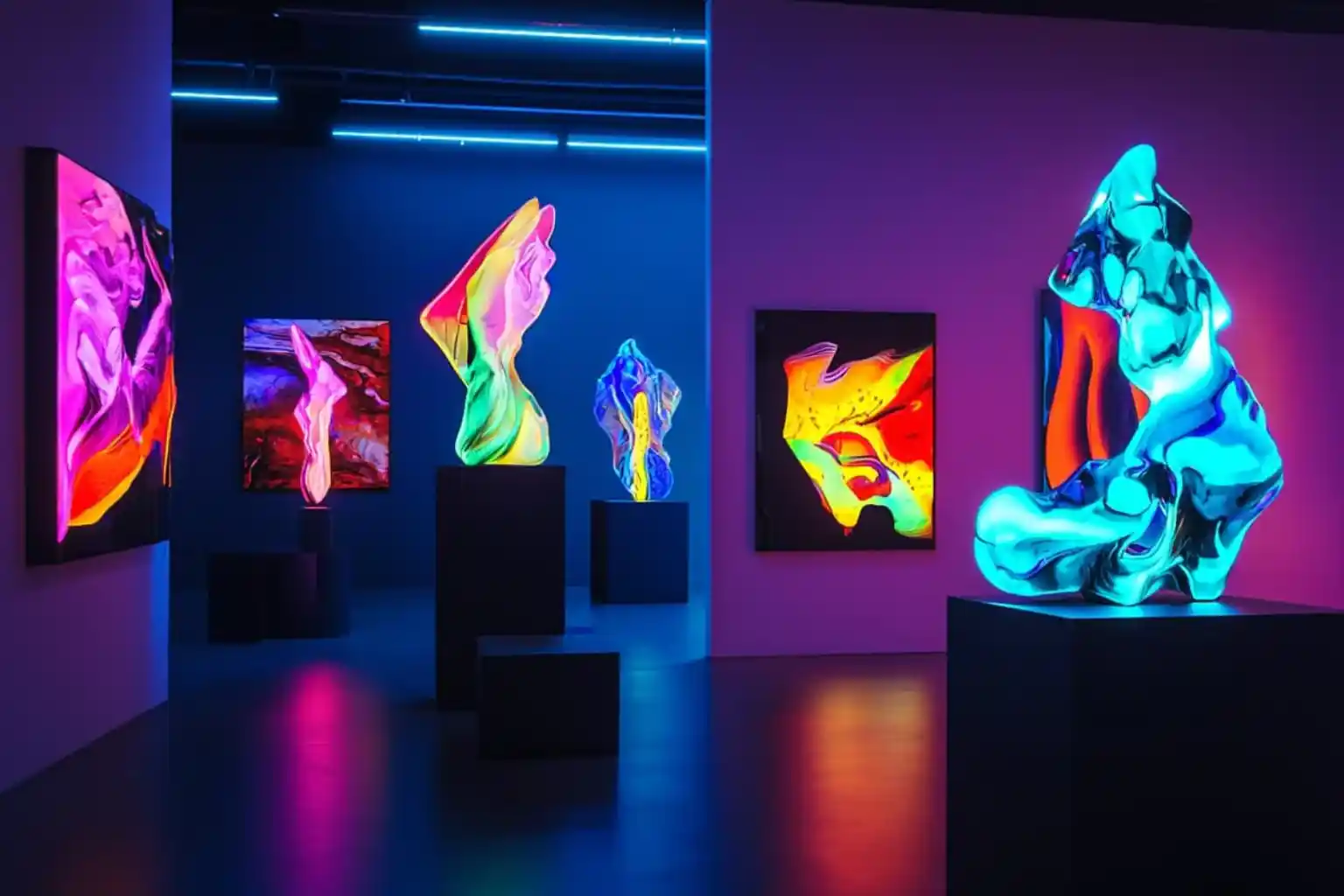Introduction to AI in Vector Transformation
Artificial Intelligence (AI) has become a transformative force across multiple industries, and the field of custom art to vector transformation is no exception. For embroidery, screen printing, and promotional product design, converting artwork into precise vector format is essential. Traditionally, this process required significant manual skill and time. Now, AI tools are streamlining and enhancing accuracy, making it faster and more accessible for businesses.
AI-powered software can analyze raster images, detect shapes, and replicate them in scalable vector formats without human intervention. This is a game-changer for vector art services in industries like apparel printing, promotional products, and branding.
Not only does AI handle basic tracing, but it also understands context—meaning it can separate colors, adjust stroke thickness, and even predict the designer’s intent. This combination of speed and intelligence ensures a better end product for embroidery digitizing and printing professionals.
In the past, even experienced vector artists could spend hours refining a file. AI now accomplishes the same in minutes, giving brands the ability to meet tight deadlines without compromising on quality.
Additionally, AI tools are continuously learning, which means that the more they are used, the more accurate their output becomes. This reduces the need for repetitive corrections, improving efficiency over time.
With this shift, both small businesses and large-scale apparel manufacturers can leverage AI technology to stay competitive in an increasingly fast-paced market.
The introduction of AI into vector transformation is not replacing human creativity—it’s amplifying it by handling tedious tasks, leaving designers free to focus on innovation.
Benefits of AI in Custom Art to Vector Conversion
One of the main advantages of AI in vector art conversion is its speed. Where manual tracing could take hours, AI can process designs within minutes. This is crucial for industries such as promotional printing where turnaround times are critical.
AI also ensures higher accuracy. By identifying edges, colors, and shapes with mathematical precision, it minimizes the risk of distorted or pixelated designs. This is particularly important for embroidery digitizing, where clean lines are essential.
Another major benefit is scalability. Whether you’re working on a small logo for a business card or a massive print for a billboard, AI-generated vector files remain sharp and professional.
Cost efficiency is another significant advantage. Businesses can reduce labor costs by letting AI handle the repetitive work, while still keeping skilled designers for creative adjustments and finishing touches.
Moreover, AI helps maintain brand consistency by ensuring the same color values, line weights, and proportions across all vector conversions.
For companies like Mahi Digitizing, this means faster project completion and more satisfied clients without sacrificing quality.
Ultimately, AI technology offers a blend of efficiency, accuracy, and affordability—three things every business needs to thrive in today’s competitive market.
How AI Improves the Creative Process
Some worry that AI might replace creativity, but in reality, it supports it. By removing repetitive technical tasks, designers have more time to focus on creative experimentation.
For example, an artist working on a custom t-shirt design can sketch their concept on paper, scan it, and let AI handle the vector conversion. This frees them to concentrate on color selection, layout adjustments, and artistic enhancements.
AI also introduces new possibilities by suggesting alternative color schemes, shapes, and design patterns based on historical data and style recognition.
Many AI tools integrate directly with design software like Adobe Illustrator or CorelDRAW, allowing seamless workflows for creative professionals.
By combining human imagination with AI-powered precision, businesses can create unique designs that stand out in the marketplace.
Designers can also collaborate with AI by training it to recognize their personal style, ensuring that vector conversions match their artistic vision every time.
This partnership between human skill and machine efficiency represents the future of design, where the best of both worlds come together to produce outstanding results.
Real-World Applications in the Apparel Industry
In the apparel industry, AI-driven vector conversion is particularly valuable. For embroidery, it ensures clean stitch paths that reduce production errors. For screen printing, it delivers perfect color separations, ensuring vibrant and accurate prints.
Custom hat patches, t-shirt graphics, and promotional merchandise all benefit from faster and more accurate vector processing.
Sports teams, fashion brands, and corporate apparel suppliers can now deliver bulk orders without sacrificing quality thanks to AI efficiency.
Furthermore, AI ensures that designs remain consistent across multiple product types—from polos to jackets to caps.
AI’s ability to automatically adjust designs for various printing or stitching techniques also helps reduce setup time in production.
This means faster delivery times for clients and reduced costs for manufacturers, making AI an essential tool in today’s apparel production pipelines.
With its growing capabilities, AI will soon become the industry standard for vector art preparation in apparel and promotional product manufacturing.
The Future Outlook for AI in Vector Art
The future of AI in custom art to vector transformation is incredibly promising. As AI algorithms become more advanced, they will handle increasingly complex designs with minimal human input.
Upcoming AI tools may offer real-time collaboration features, where designers and AI work together on the same project simultaneously.
We can also expect AI to integrate with augmented reality (AR) and virtual reality (VR) tools, allowing designers to preview vector designs on real-world objects before production.
Another exciting possibility is AI-driven personalization, where vector art can be automatically adjusted for individual customers without manual editing.
For example, an online store could allow customers to upload an image, and AI would instantly convert it into a vector-ready format for printing or embroidery.
AI could also make vector art more accessible to non-designers by offering simple drag-and-drop interfaces with automated conversions.
As AI continues to evolve, it will likely redefine what’s possible in both commercial and creative design workflows.
Conclusion
AI is not just a technological upgrade—it’s a creative revolution. By combining automation with human talent, it enables faster, more accurate, and more innovative vector art production.
For businesses in the embroidery and apparel printing industries, adopting AI tools is no longer optional—it’s a necessity to remain competitive.
As AI capabilities expand, we can expect even greater efficiency, personalization, and creative potential in the years ahead.
Companies that embrace this shift early will benefit from faster turnaround times, lower costs, and improved design quality.
The key is to see AI not as a replacement, but as a collaborative partner in the creative process.
By leveraging AI, designers can push the boundaries of what’s possible in custom art to vector transformation.
In short, the future of AI in vector art is bright, and the opportunities for innovation are limitless.

